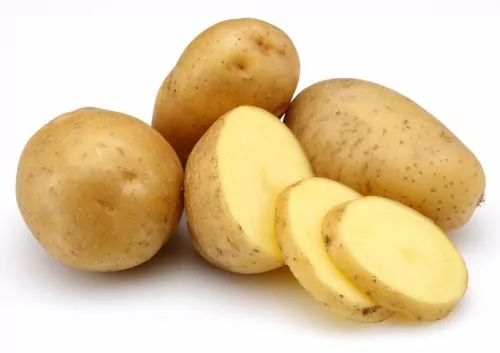
So many individuals have the misconception that all starch is bad for you to eat. However, with resistance starch this may not be the case. Foods that contain this particular starch are rice, pasta, bread, grains and an American favorite, potatoes. When you ingest these foods, some of them will pass through the smaller intestine and hang out to act as fiber does in our bodies.
Multiple types of research have shown that this can be beneficial to our body. It could benefit you by aiding in fat loss, better digestion, a healthier gut and help you to feel less hungry. Here are a few examples of starchy food to benefit your body.
- This is really one of the most important resistance starches you will want to remember. Food that has been cooked then cooled. This means that your body can not digest them until they are prepared by cooking them.
- Potatoes and Plantains because they are starch that must be cooked in order for your body to digest them. This is the indigestible starch category as well as beans, grains and seeds just because they should be cooked in order for you to digest.
Studies are finding that most Americans are not getting all the starch they need each day for a balanced diet. It is recommended that each individual eat 6 grams each meal to reach maximum health benefits. This is far from the case; we are only eating around 5 grams per day, much less than the recommended daily suggestion. You can increase your levels by preparing your meals to include starch in them; you are probably going to plan out your meals anyway since you are working toward a healthier body. Keep in mind, to slowly add starch to you diet just as you would fiber if you were trying to increase it.
Some simple ways to increase your starch can be to add starch to your shakes, soup or sauces when eating. You can find some starch like Bob’s Red Mill Potato Starch at your local grocery store. This brand is recommended because the products this company sells are organic. Then, the next way is to prepare your meal a day in advance and let them cool. This is a great way to implement an indigestible starch in your diet. They are good for you and will act like fiber, but must be cooked then cooled before ingestion.
This will benefit your body so that you will stay full longer in a 24 hour period. Just like fiber and protein, this can fill you up. One research group in Britain found that an individual ate 300 calories less each day by adding resistant starch to their diet. Another found that it decreased the risk of colon cancer. Here are some more facts that studies and research have found about resistant starch.
Resistant Starch is not something to take lightly. Multiple studies have produced studies that prove it will reduce blood glucose rise after eating. It is also known for improving insulin sensitivity as well as the healthy gut bacteria. This particular starch also reduced the risk of diabetes. In addition, resistant starch was beneficial in reducing fasting blood glucose levels. Individuals felt fuller and satisfied longer which really helped decrease the glycemic response to a meal.
One of my favorite things about resistant starch is it can be known for fat burning. With all that you know from all the other benefits, one can suspect that it may in fact, encourage the body to burn fat, by the information you can gather from research. Another known fact is that it aides in caloric intake, low energy density, helps you to feel full longer and can be a great way to lose some fat.

